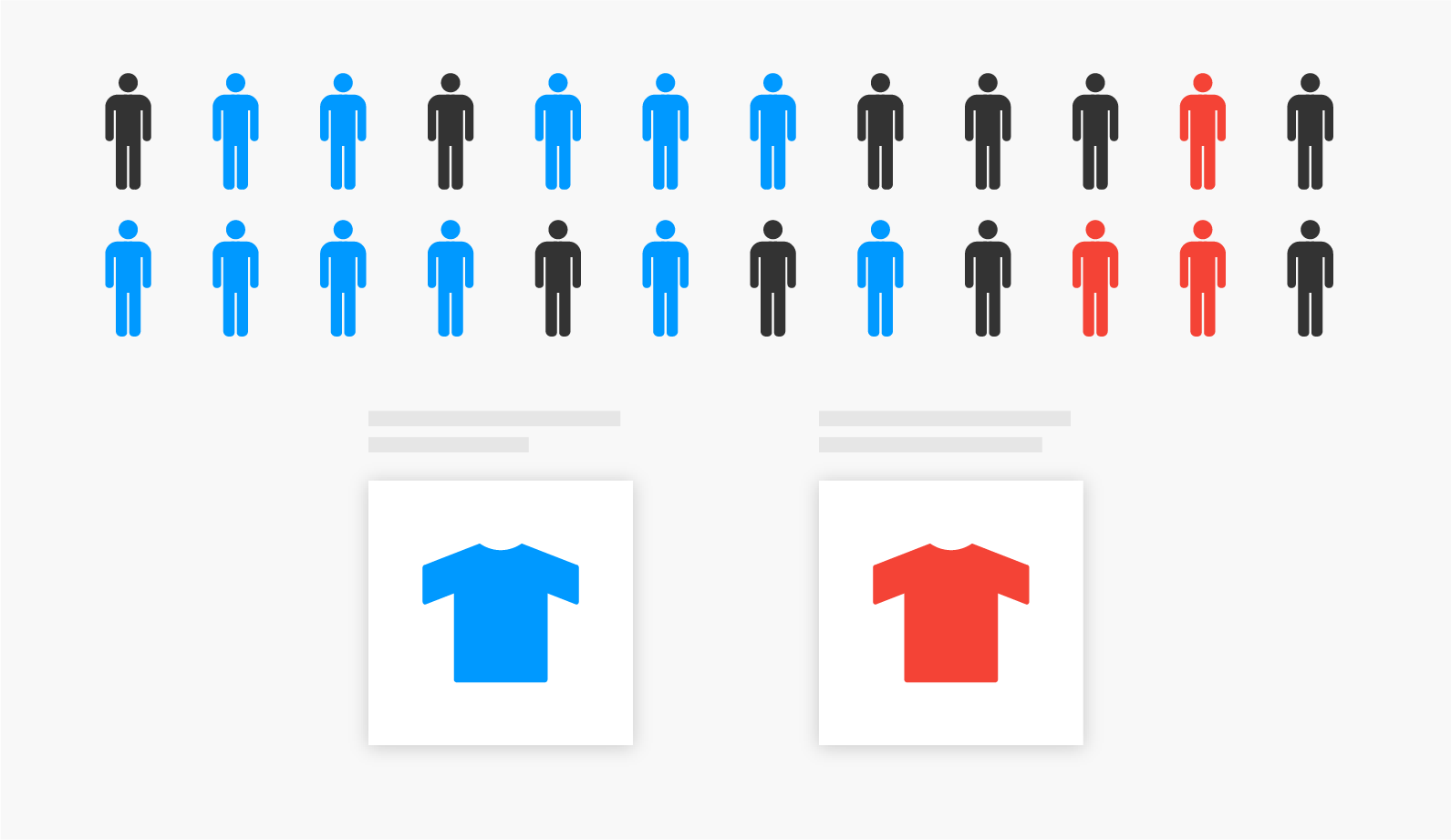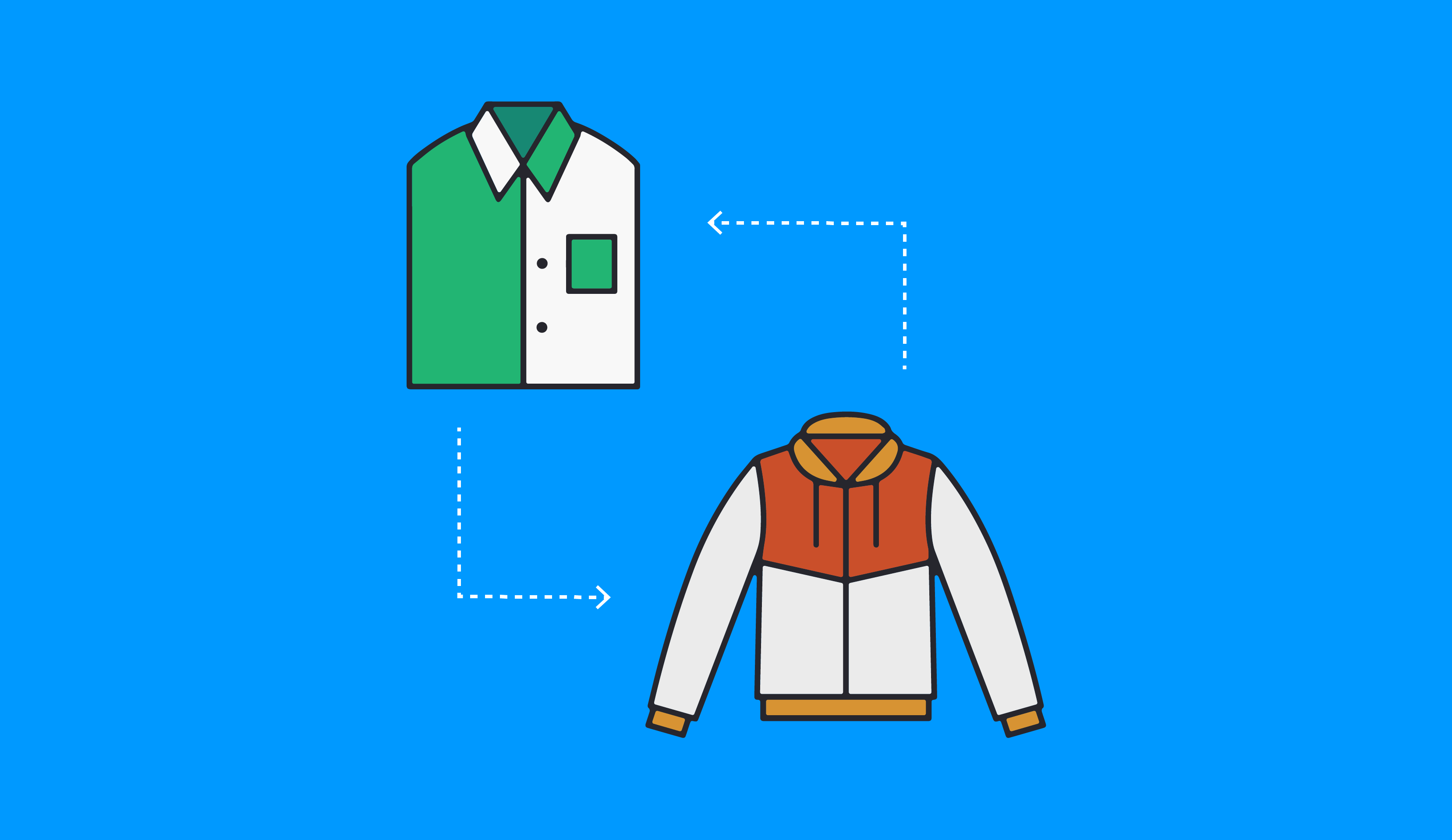Determining what resonates with your audience should be a crucial component of your Facebook and Instagram marketing strategy.
If you are running ads without testing properly, you could be leaving money and valuable customers on the table.
Split testing allows advertisers on Facebook to test ad sets against each other to help determine higher-level strategy. Facebook divides your audience into random, non-overlapping groups and shows half of the audience one thing while the other half sees something else.
With split testing, you can compare target audience, placements, delivery optimization, creative and product sets. The best part is that it doesn’t cost more than what you are already spending to conduct these tests.
There are several tests we often recommend to retailers who work with StitcherAds. Try these out to uncover deeper learnings about your Facebook and Instagram marketing strategy.
1. Placements: Test segmented placements vs. optimized placements
Will your ads perform better if you control your bid and budget by device, or if you let Facebook optimize ad placements for you? It’s worth testing.
A client that works with StitcherAds tested this out and found that combined placements performed better than three individual ad sets across desktop, mobile, and Instagram – which had previously not been the case.
2. Delivery optimization: Test bidding attribution windows
Split testing can help you determine whether you should optimize for 1-day purchases or 7-day purchases.
To help you determine the best conversion window to optimize for, you should look at the ratio of purchases coming from your current campaigns.
Our suggestion:
- If 1-day / 7-day post click conversions is < or equal to 0.7, optimize for 7-day post-click conversions.
- If 1-day / 7-day post click conversions is > 0.7, optimize for 1-day post-click conversions.
However, this isn’t a hard and fast rule. You should split test conversion windows to determine whether you should optimize for 1-day purchases or 7-day purchases.
3. Target audience: Split your lookalike audience
For prospecting campaigns, you can test how a broad audience will perform vs. a lookalike audience. But, if you want to kick it up a notch, you should work to find your optimal segment within your lookalike audience.
When creating a lookalike audience, Facebook allows you to choose between 1-10% of the total population in the country you’re targeting – with the 1% most closely resembling your source audience. The StitcherAds team recommends testing different percentages.
Split your lookalike audience and determine whether it’s a better strategy to bid more on the top 1% of your lookalikes vs. the top 10%. Or, you can target the 1% by itself and see how it performs. Then, target the 2% and exclude everyone who makes up the 1%. Take a look at how each segment performs and then adjust your bid and budget accordingly.
4. Creative: Test image overlays vs. standard product shots
Do your ads perform better when your logo or your product pricing information is overlaid onto the creative vs. when you show standard product shots on their own? A fashion retailer that works with StitcherAds found that the use of Dynamic Image Templates in a prospecting campaign resulted in a 38% uplift in clicks and a 12% conversion rate.

5. Creative: Test user-generated content vs. standard product shots
Some 56% of consumers are more likely to click on a user-generated image than a traditional ad, according to a study commissioned by Olapic in 2017. If your customers love sharing photos of your products, consider testing UGC in your creatives. Conduct a split test on a broad audience to determine whether they respond better to standard product images or if UGC resonates better.

6. Creative: Test omnichannel creative
Does your brand have brick-and-mortar locations? With carousel ads, you can include map cards to indicate where your nearest stores are located. Conduct split tests to determine if online-to-offline customers will respond better to map cards shown in different positions within the carousel ad.

7. Product sets: Promote top-selling items vs. all products
Do you typically promote your entire product catalog to a broad audience? Try something new. The StitcherAds team recommends showing your broad audience product sets of top-selling items or new arrivals instead to see if that makes them more inclined to buy.
8. Product sets: Refine your retargeting strategy
You can also use a split test to determine your ideal campaign set up for dynamic product ad retargeting. Here’s an example: A retailer that works with StitcherAds previously only showed sweaters to people who viewed this product category on its site. The retailer decided to run a test to determine if they’d have more success showing different categories of products rather than just retargeting these consumers with sweaters. They used the findings to reconfigure their retargeting campaigns moving forward.
Use split testing to inform your greater strategy
Overall, split testing should be used to help you inform your high-level marketing strategy on Facebook and Instagram. You should not use split-testing to determine campaign-level elements, e.g. different product shots of the same item. You can uncover these findings later on with multivariate tests at the ad-set level.



